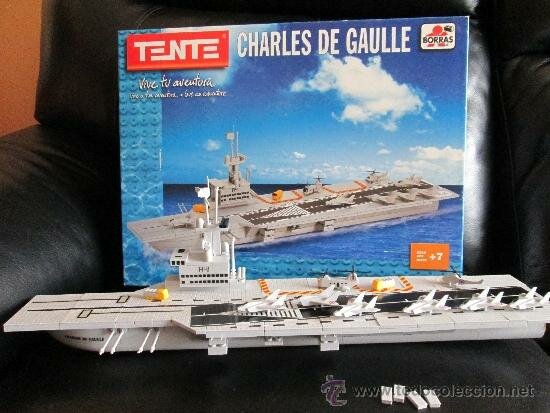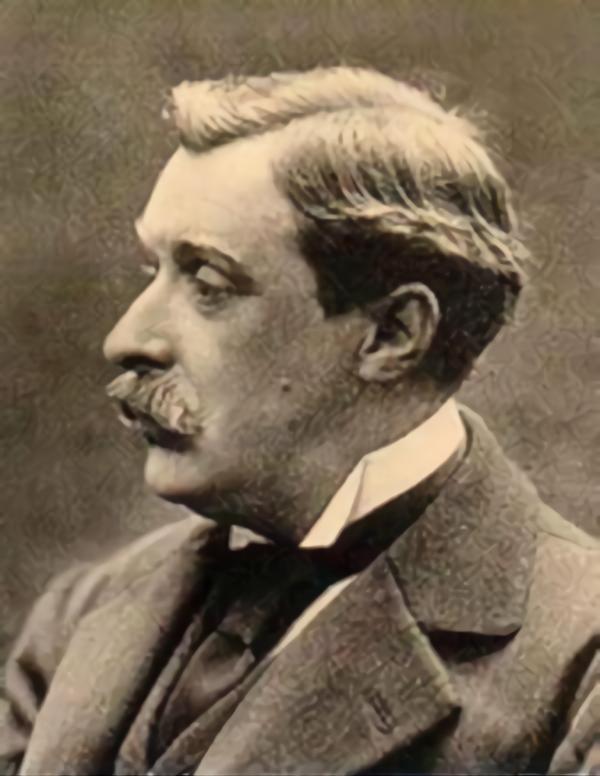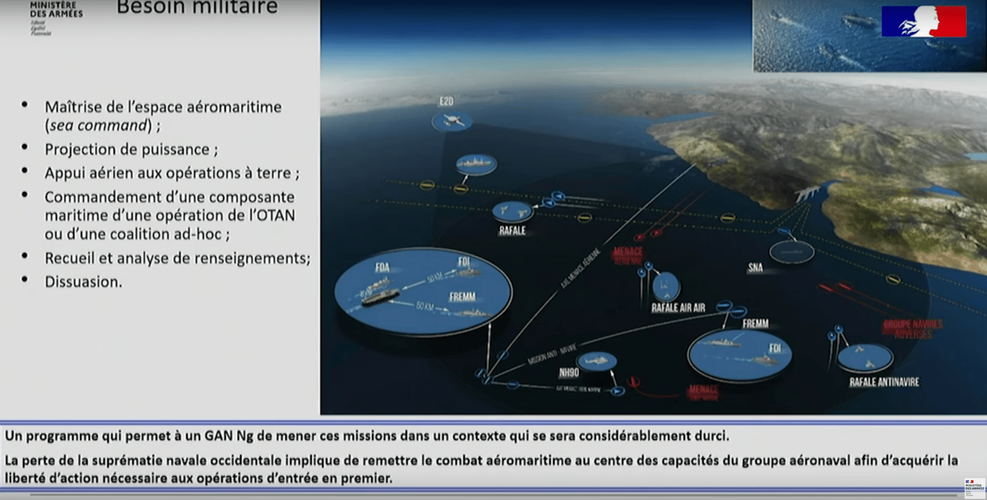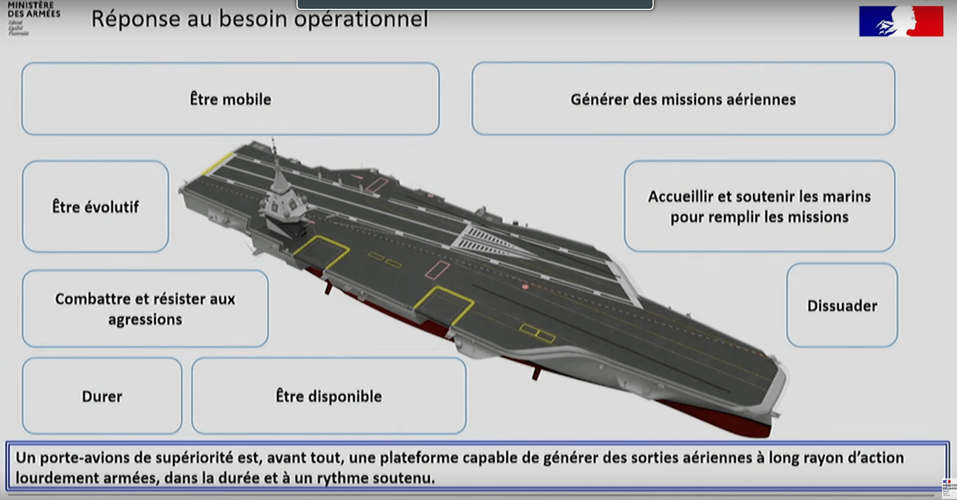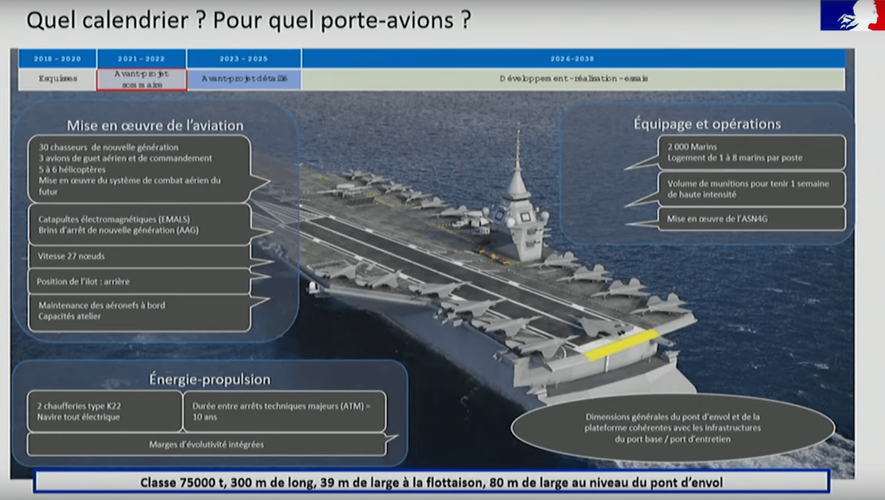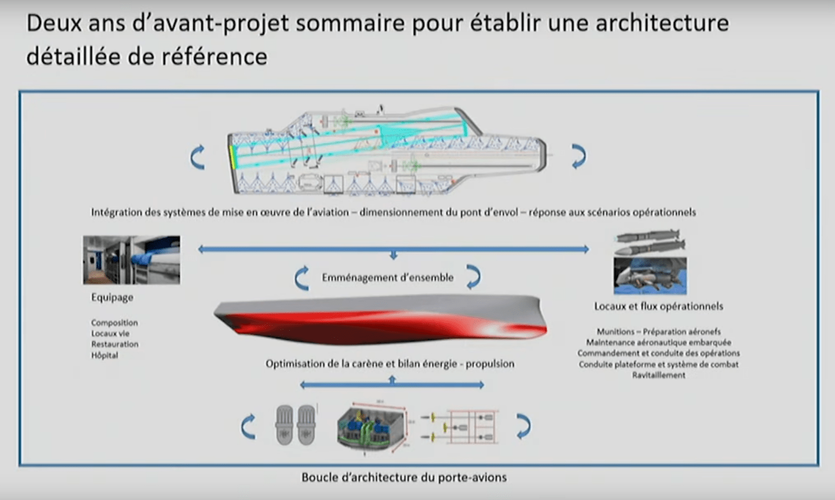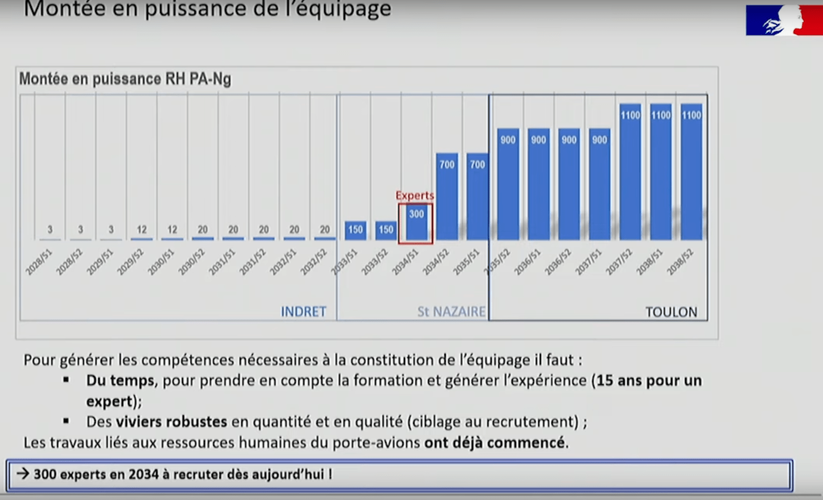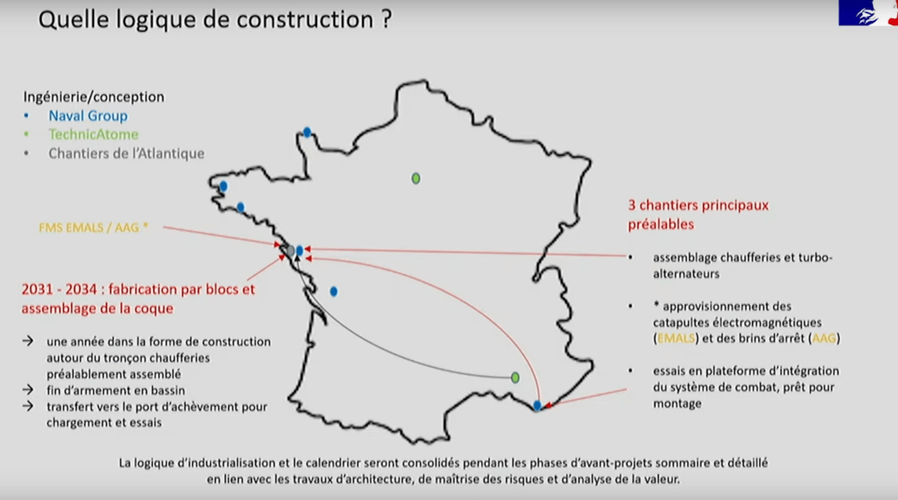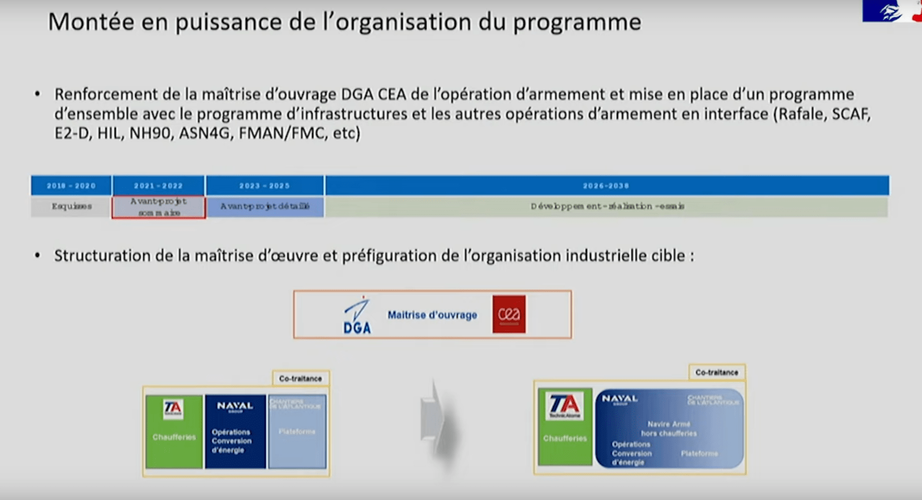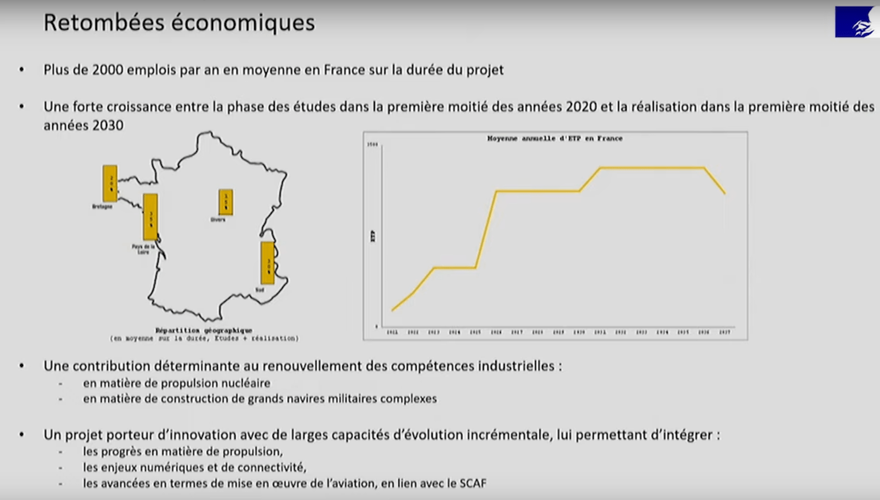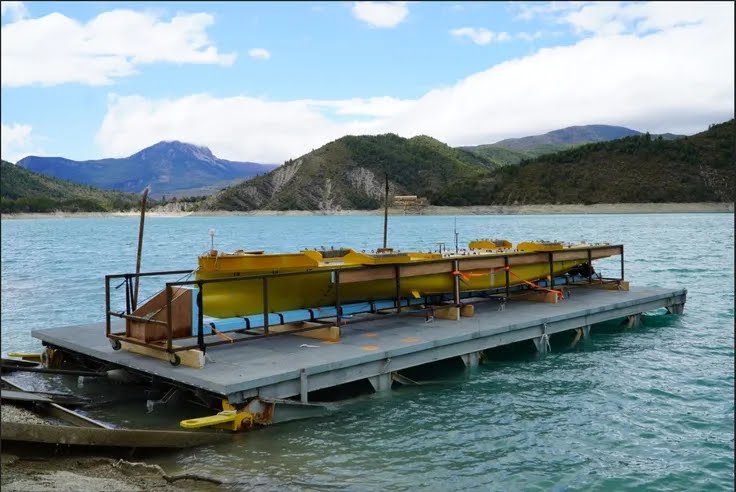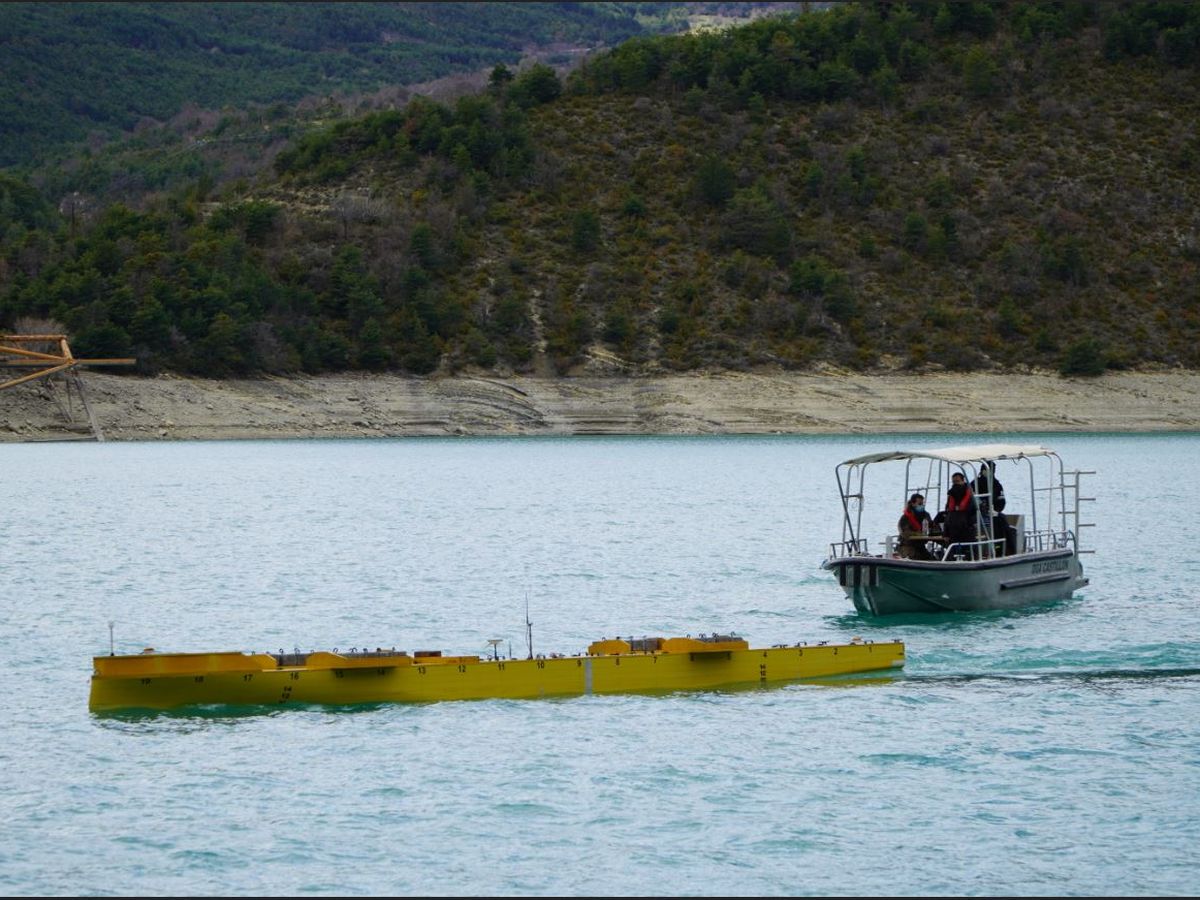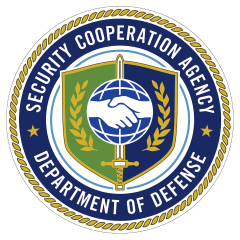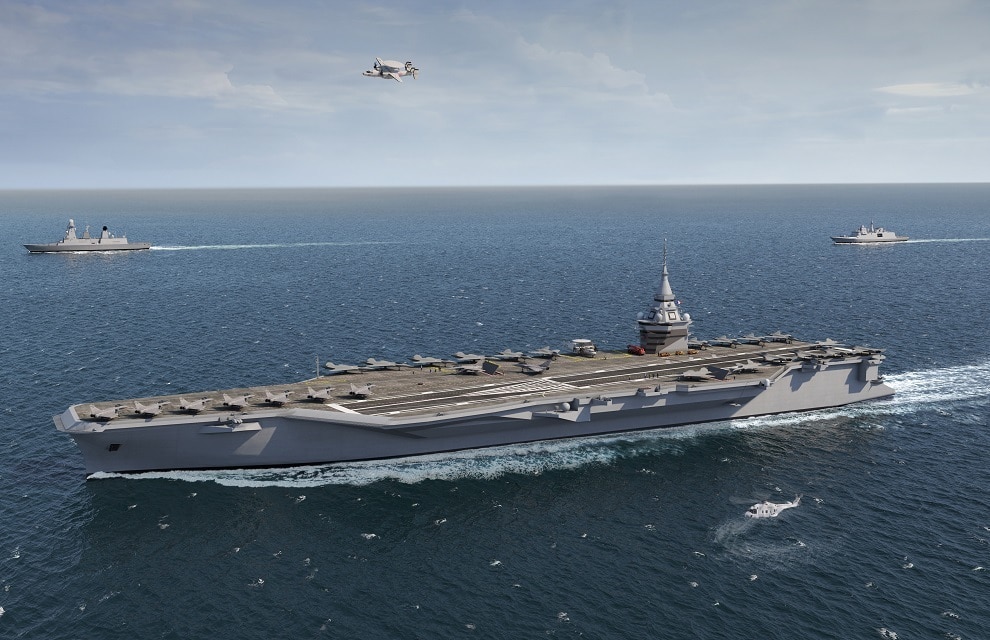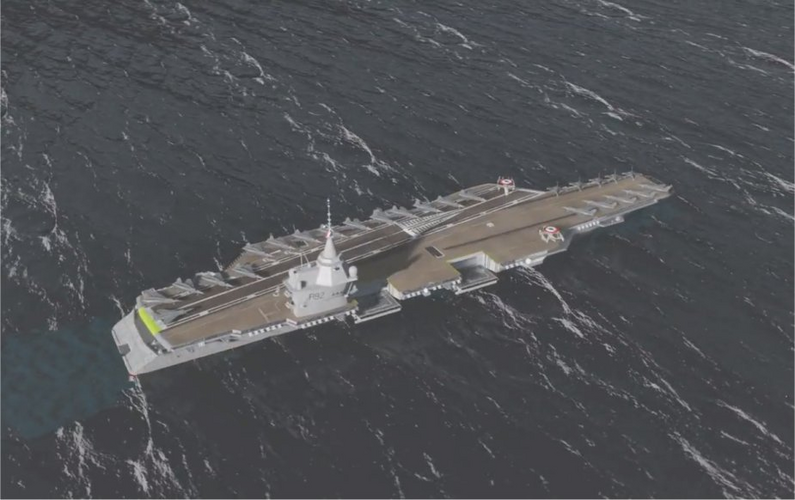PARIS – Naval Group and the Chantiers de l’Atlantique have formed the joint venture MO Porte Avions to manage France’s new generation aircraft carrier program.
Pierre-Eric Pommellet told journalists during a videoconference on Tuesday that the joint venture (JV) was held two-thirds by Naval Group and one-third by Chantiers de l’Atlantique. “The program director will be somebody from Naval Group and the technical director somebody from our partner,“ the Naval Group CEO said.
Pommellet said the idea was to maximize the synergies and capitalize on the strengths of each company. Naval Group has responsibility for the overall architecture of the
ship and the transverse systems. It will integrate the combat system, the navigation and aviation-related systems, the catapults and arrestor gear; it will supply the sub-systems of the nuclear boiler-room and integrate the boilers into the ship.
Chantiers de l’Atlantique, for its part, will be responsible for the design and construction of the platform itself, notably the structure, the electric propulsion, the living quarters, the steering system and overall activities such as the hydrodynamics.
The JV’s relationship with sub-contractor TechnicAtome, responsible for the nuclear-powered engine, is being finalized.
Pommellet added that the JV "will end when the aircraft carrier has been delivered.“ It will first be based in Lorient, Brittany, at the Naval Group shipyard during the design phase and then move to Saint-Nazaire where Chantiers de l’Atlantique have their shipyard and where the ship will be built.
The JV was signed in Lorient on March 29 by Pommellet and Laurent Castaing, the director-general of Chantiers de l’Atlantique in the presence of Minister for the Armed Forces Florence Parly. She had come not only to announce the notification of the preliminary outline study contract of the aircraft carrier and inaugurate its design office but also to notify Naval Group of the order for two FDI frigates.
The two 4,200 tonne (4,630 tons), 121m (397 ft) long, multi-mission frigates, the second and third in a series of five, will both be delivered in 2025. This is an acceleration of the program as the original plan was to deliver one ship every 18 months with the first FDI scheduled for delivery in 2024.

